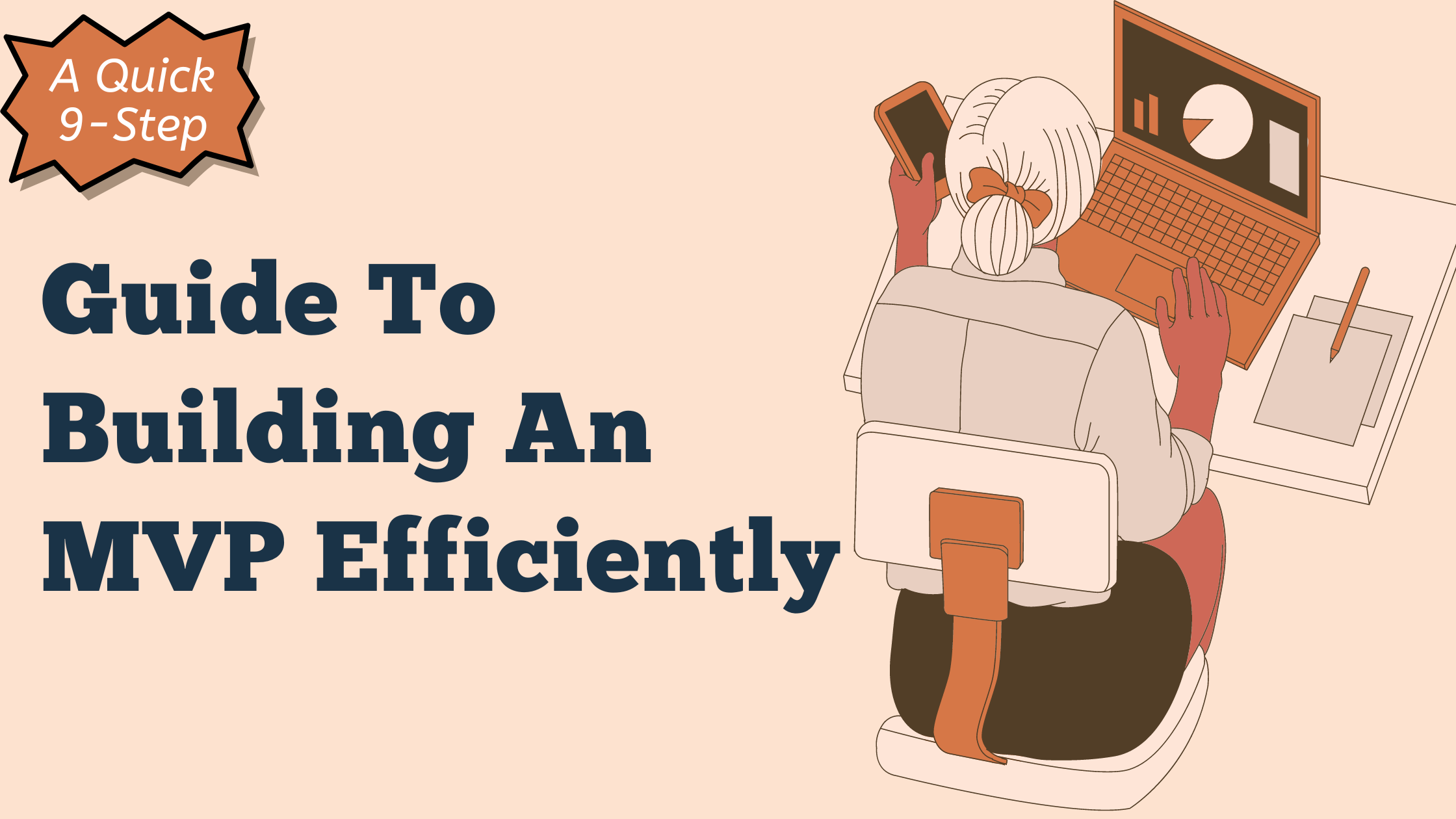Get In Touch
Your information is protected by our Privacy Policy and Terms of Use.
Our Offices
E 237, First Floor, Phase VIII B Sector-74,
Industrial Area, Mohali-160071, Punjab
Phone: +(91) 93010-10197
6470 East Johns Crossing, Suite 160
Johns Creek, GA 30097
Phone: +1(470)-268-9868
531A, Upper Cross Street, #04-95,
Hong Lim Complex, Singapore - 051531
Phone: +1(470)-268-9868
- Solutions For
- Solutions
- Services & Expertise
- Case Studies
- Insights
-
Get In Touch
Get In Touch
Your information is protected by our Privacy Policy and Terms of Use.
Our Offices
Zapbuild Technologies Private LimitedIndia
E 237, First Floor, Phase VIII B Sector-74,
Industrial Area, Mohali-160071, Punjab
Phone: +(91) 93010-10197Zapbuild Technologies (US) LLC United States
United States
6470 East Johns Crossing, Suite 160
Johns Creek, GA 30097
Phone: +1(470)-268-9868Zapbuild Technologies (S) PTE LTDSingapore
531A, Upper Cross Street, #04-95,
Hong Lim Complex, Singapore - 051531
Phone: +1(470)-268-9868
- Learning Management System
- Command and Control Center
- Transportation Management
- Warehouse Management
- Fleet Management
- Supply Chain Management
- Document Contracts Management
- Load Board Platform
- Route Optimization
- Electronic Proof Of Delivery
- Freight Exchange Platforms
- Customer Relationship Management
- Data Analytics and Business Intelligence
- Logistics Aggregator
- Crowdshipping Marketplaces
- Reverse Logistics Marketplace
A Quick 9-Step Guide To Building An MVP Efficiently

Creating a minimum viable product (MVP) is a great way to start building a successful software product. It enables you to test the waters without investing too much time or money, as well as receive feedback from your early adopters. In this article, we will explore a quick 9-step guide to building an MVP efficiently, and showcase some examples of renowned companies that started as MVPs.
Step 1: Define Your MVP Goals
Before starting the development process, it’s important to define what you want to achieve with your MVP. Your MVP goals should be specific, measurable, and achievable within a reasonable timeframe. The goal of an MVP should be to validate a hypothesis and test the demand for your product. Therefore, defining the right MVP goals is crucial to ensure that you stay on track and don’t waste valuable resources.
Step 2: Identify Your Target Audience
Your MVP should be aimed at a specific target audience. Understanding your target audience and their needs is critical to the success of your MVP. Conducting market research to identify your target audience’s preferences and pain points will enable you to build an MVP that addresses their needs and stands out in the market.
Step 3: Focus on Core Features
To build an MVP efficiently, it’s important to focus on the core features that are essential to solving the primary problem. These features should be prioritized and developed first to ensure that the MVP is functional and provides value to users. Dropbox, for instance, started with a simple feature of file sharing and storage, which was its core value proposition, and gradually added more features as its user base grew.
Step 4: Create a Prototype
Creating a prototype is an essential step in the MVP development process. A prototype helps to visualize the final product and get feedback from potential users. You can use a variety of tools to create a prototype, from sketches and wireframes to clickable prototypes. Airbnb, for example, started with a simple prototype of a room-sharing platform, which was created using a WordPress blog.
Step 5: Develop Your MVP
After defining the core features and creating a prototype, it’s time to develop your MVP. It’s important to keep the development process simple and agile to ensure that you can quickly test your hypothesis and make adjustments based on feedback. Uber, for example, started by building a basic ride-sharing platform that connected drivers with passengers in San Francisco, and gradually expanded their service as they received more funding and user feedback.
Step 6: Test Your MVP
Once you have developed your MVP, it’s time to test it with your target audience. Conducting usability tests, gathering feedback, and analyzing data will help you understand how users interact with your MVP and what changes need to be made. This feedback loop is essential to ensure that your MVP is meeting the needs of your target audience and validating your hypothesis.
Step 7: Refine and Iterate
Based on the feedback you receive from testing your minimum viable product, it’s important to refine and iterate on your product. Prioritize the feedback you receive and make incremental improvements to your MVP. Airbnb, for instance, received feedback that their initial platform lacked trust and safety features. They refined and added more features to improve trust and safety, such as background checks and user reviews.
Step 8: Launch Your MVP
After refining and iterating on your MVP, it’s time to launch it in the market. A soft launch is recommended to ensure that your product is stable and functional before releasing it to a wider audience. Dropbox, for example, launched their MVP to a small group of early adopters before gradually expanding their user base through word-of-mouth marketing.
Step 9: Monitor and Analyze
After launching your MVP, it’s important to monitor and analyze its performance. Gathering feedback and analyzing data will help you understand how users interact with your product.
Conclusion
Building an MVP is a valuable strategy for bringing your ideas to life and testing them in the market. By following the 9-step guide outlined in this article, you can efficiently develop an MVP that meets the needs of your target audience and solves their problems. Companies like Dropbox, Airbnb, and Uber all started as MVPs and iterated their products based on user feedback, ultimately growing into the successful businesses they are today.
So, whether you’re a startup founder or an established business looking to launch a new product, building an minimum viable product can be a valuable strategy for bringing your ideas to life. By following the tips and examples in this guide, you can build an MVP efficiently and effectively, giving your software application the best chance for success.
(Founder and Chief Executive Officer at Zapbuild)
Are you looking for a technology partner to turn your business idea into a successful solution? Get free consultation from top IT experts – write to us at connect@zapbuild.com or call us at +1 (779) 256-7779 or +91-80471-16600.
GET IN TOUCH NOWReceive Expert Insight By Email
You can receive more such insights, ideas, and solution recommendations from our IT experts – directly in your email, absolutely free – by subscribing to our blog.
SUBSCRIBE NOW
Subscribe Now!
Always stay up-to-date by receiving actionable insights and recommendations, relevant to your interests, from our IT experts.


All done! You’re now subscribed to Zapbuild’s expert IT insights.
To ensure our emails reach your inbox, instead of your junk/spam folder, please add our email address connect@zapbuild.com to your address book.

Looking to build future-ready technology solutions for your transportation or logistics business? Connect with our experts for a free consultation today
Categories
Trending

Home main screen

Test

Testing Post In Trending
Subscribe to our newsletter
Related Insights




Connect with Our Experts
Take the first step toward the digital transformation of your Transportation and Logistics business.
Get a Free Consultation with Zapbuild’s technology experts today.
